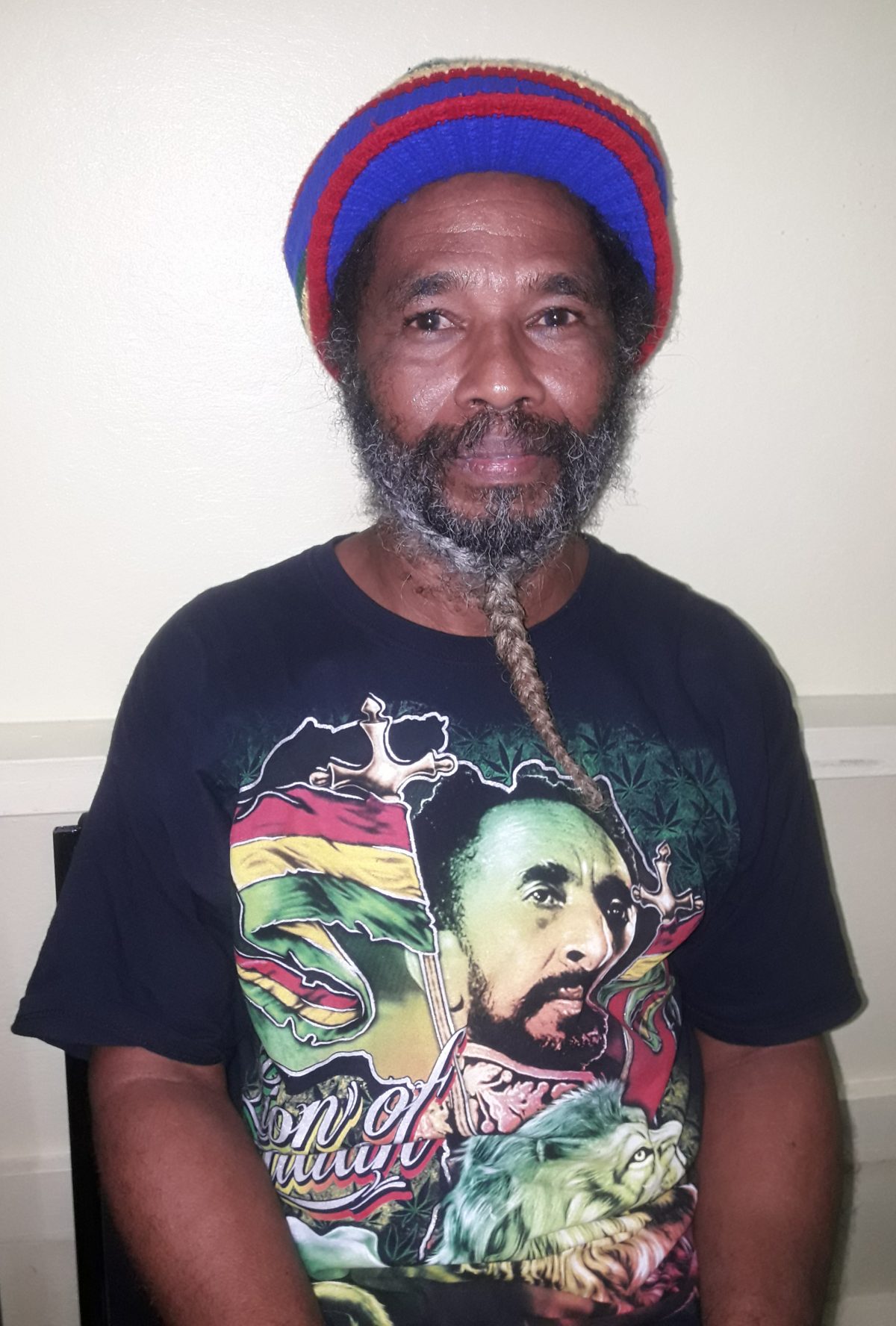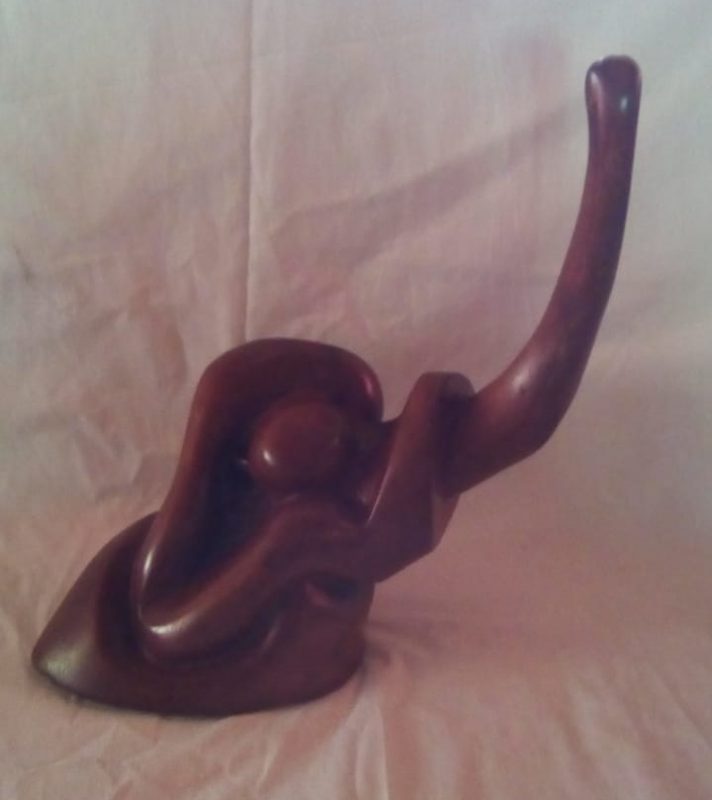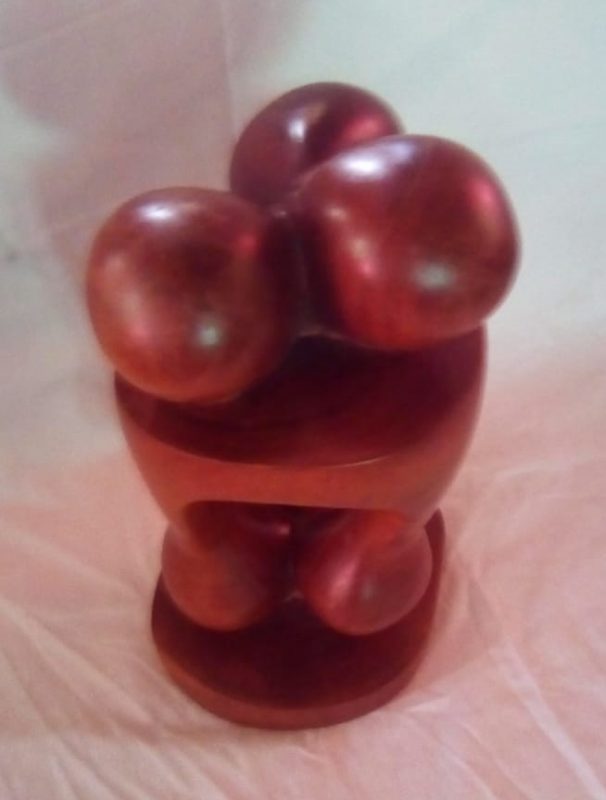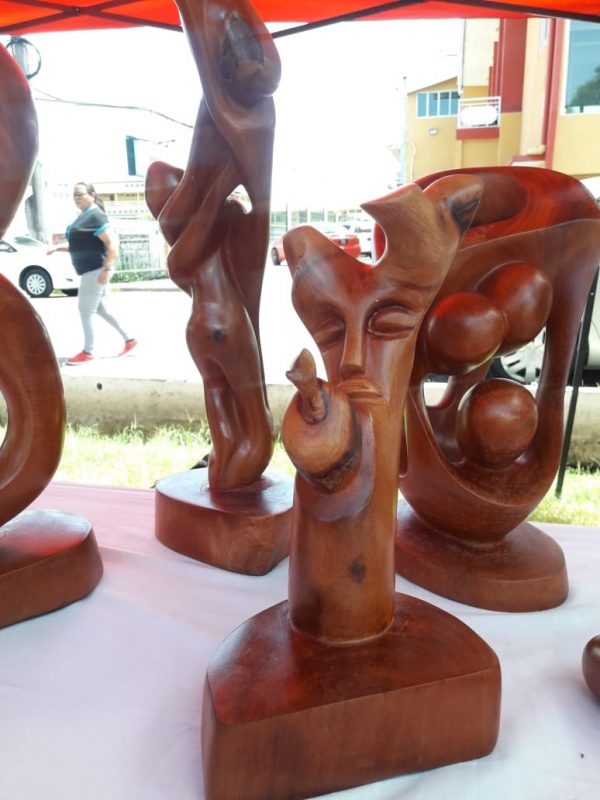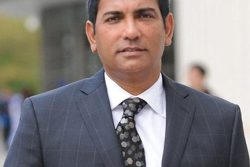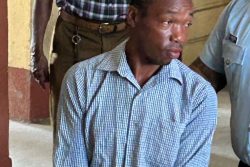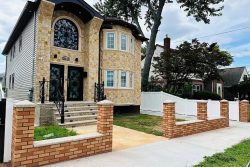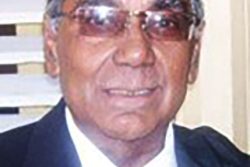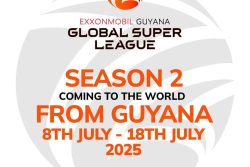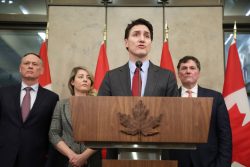For close to 30 years now, Kenneth Nelson has been taking unwanted pieces of wood and turning them into magnificent sculptures. Some of his pieces grace rooms in various ministries, in particular Ministry of Foreign Affairs, from where they are offered as tokens to visitors to Guyana. He also sells to locals and foreigners. The owner of Kissoon’s Furniture Store was one of Kenneth’s regular buyers.
Kenneth’s first exposure to the art began through some of the big names in sculpting, men like Philip Moore, Desmond Ali, Linden Gemmott and several others. He began as an apprentice, sanding the pieces they carved. These same artists picked up on Kenneth’s potential to become a sculptor and encouraged him.
“From then on, I took to doing my own style and it just kicked off. We would carry our pieces to the Office of the President, the different ministries and they would buy it up,” Kenneth said. “This was when I was alone without a family. After [a while] business started getting slow. Then I had my family and I decided I needed to do more than just sculpting so that’s when I began making jewelry.
“My jewelry would sell faster than my sculptures, of course, because there is more of a market for jewelry because of the pricing. A customer would more pick up a pair of earrings for $200 or $500, or a chain-set for maybe $1,500 or $1,000 or $3,000. Whereas, my sculptures pricing range would begin at $5,000.
“Many Guyanese who are interested in sculptures would say to themselves that they can’t get themselves a piece because it’s too expensive and the thing is they don’t investigate properly and say, I have a $5,000 or a $7,000, can you make me a sculpture? So, sometimes they look at a piece and they just won’t come in to ask. They just assume it’s worth a lot and while it is worth a lot, because art is valuable and becomes even more valuable with age, they can order pieces for themselves at a reasonable cost.”
The artist further said that because art becomes more valuable with age, buyers who want to sell sometime in the future will be able to do so at a higher cost. Art does not depreciate and therefore investing in it would be a good idea. The sculptor went on to say that Guyana has some of the finest artists but there is not enough support behind them.
While Kenneth was exposed to sculpting through the artists mentioned previously, he was first introduced to art through his beloved mother, who drew beautiful portraits of women and men. She was his first inspiration. Her work drew many questions from him on her talent and through his inquisitiveness he learned that she had entered and placed in competitions. It saddens him to know that a woman with such talent could not become an established Guyanese artist because of her duties as mother and wife.
It was certainly a joy for Kenneth when Kingston Government School, his alma mater, offered classes in art. His schooling, he said, was during the Burnham government, a time when the then president realized how important and valuable it was to learn a skill. Therefore, all the boys at school learning age were required to attend such classes.
“At school, I learned to do knitting, woodworking, ceramics, all these things. In Forbes’s time, we had to go to woodworking, we had to learn singing, embroidery, and ceramics. Every week we had to set aside a couple of hours to go to these skills training,” he recalled. “Anybody can tell you that back in these days, you had to learn to do these things. I remember going to classes to sing, I wasn’t a good singer, but we had to do voice-training. We even got into dancing, doing a bit of ballroom dancing, ballet and freestyle.”
He said he would like to see such skills returning to the classrooms as they would help children to participate in art competitions, specifically in the craft category, at a younger age. Art, he stated, is a dying culture that needs to be resuscitated, but starting from within the schools.
As a Rastafarian, life can be a real challenge. While this way of life, the man said, is being more accepted, there was a time not so long ago when being a Rastafarian was almost similar to someone facing discrimination for being HIV positive. People did not interact with Rastafarians and they were unable to get many jobs, though they had the required qualifications. This, in turn, forced many Rastafarians to become self-employed.
“They look at us and think we crazy or like to smoke marijuana, but you ever see us causing accidents because we high? Or you ever hear about us starting a fight amongst ourselves whenever we get together? Systematically things had really gotten difficult for us but with all of this it made us stronger,” he said. “Most of us set up our businesses and I started sculpting. At one time I sold food in order to make a dollar because Rastas don’t believe in crime. We believe in independence and sometimes we fight hard for our independence. As Bob Marley said, ‘Get up, stand up, stand up for your rights’ and we did exactly this.
“A lot of people have now gravitated towards the Rastafarian culture and people are wearing their locks in high places.”
Kenneth has participated in several competitions, including the Sculpture Category of the National Visual Arts Competition. He made his debut in 2017 and placed third that year with his ‘Family Liberation’. He has also participated in various exhibitions hosted by embassies around Guyana. To date, the artist has carved hundreds of pieces.
Kenneth was among the artists at the Guyana United Artists Association exhibition three Thursdays ago on Main Street. The artist displayed colourful jewelry and some rather eye-catching wooden sculptures.
Aside from selling on Main Street, his regular spot, the sculptor also operates his business at the Merriman Mall where he has a shop. Though part of the Merriman Mall set aside for artists to ply their trade, it is not the best location as it does not see a lot of foot traffic.
His shop, he shared, was broken into once and while he was lucky that none of his pieces were stolen as he obviously did not have what the thieves wanted, it was also a sad realization that many locals are ignorant of the value of art. Most of the wood used to make sculptures, are from fallen trees and through networking, artists would find out when trees fall.
Kenneth’s pieces are carved from saman and mahogany among others. “There are saman trees in the Botanical Gardens and along Main Street that are getting old and falling down. We should start replacing them. I don’t know if it’s the Ministry of Agriculture or who responsible for them,” Kenneth said. “When I was a little boy it had people who used to come and check these trees every month or every other month. They would knock them, or they would check them to know whether they are on the verge of falling and then they would cut them down. They used to come trim the trees and keep them in shape but now you don’t see them doing these kinds of things.
“Mahogany is a scarce tree in Guyana. It’s a difficult wood to get and you just won’t find them growing like that in the jungle. We have some in Georgetown, but you would find more of them growing in Upper Berbice and if you go across to Suriname, you’ll find them growing there. I believe the Dutch were the ones who brought the mahogany trees here, whereas the British were probably the ones who brought the saman trees.
“I also use the purple heart and the letter wood trees. The guava tree is also a hardwood tree though smaller, but artists would use it. I see some artists using greenheart wood also, which is a bit more complex. I believe persons coming across fallen trees should send it to the Burrowes School of Art because they would always be in need of wood. The school can choose to sell it to other artists or use as they need.”
There are some sculptures that Kenneth keeps as personal pieces. He also has artwork that he purchased from other artists, pieces he was impressed with and thought would make a lovely addition to his growing collection.
Most of the pieces Kenneth creates are abstract. He has never been to art school, but plans on someday pursuing art studies at E R Burrowes School of Art. For the sculptor, God is the greatest artist and he is one of his students. As long as there is life, he said, the learning process never stops so he intends to grab every opportunity life presents him.
Most of his jewelry are made from seeds. He uses the lucky seed, which he gets from the sand box tree and is in the shape of a dolphin. He also uses beads, which he buys, or collects buck beads wherever they are growing wild.
The artist has great hopes that with the influx of foreigners because of the new oil industry, art will bloom.
Kenneth is a member of a Rastafarian organization called the Twelve Tribes of Israel.
Some of his hobbies include reading philosophical books, public speaking, interacting with people and listening to Reggae and Conscious Music.
For a one-of-a-kind Kenneth Nelson piece, the artist can be contacted at 651-0006.
